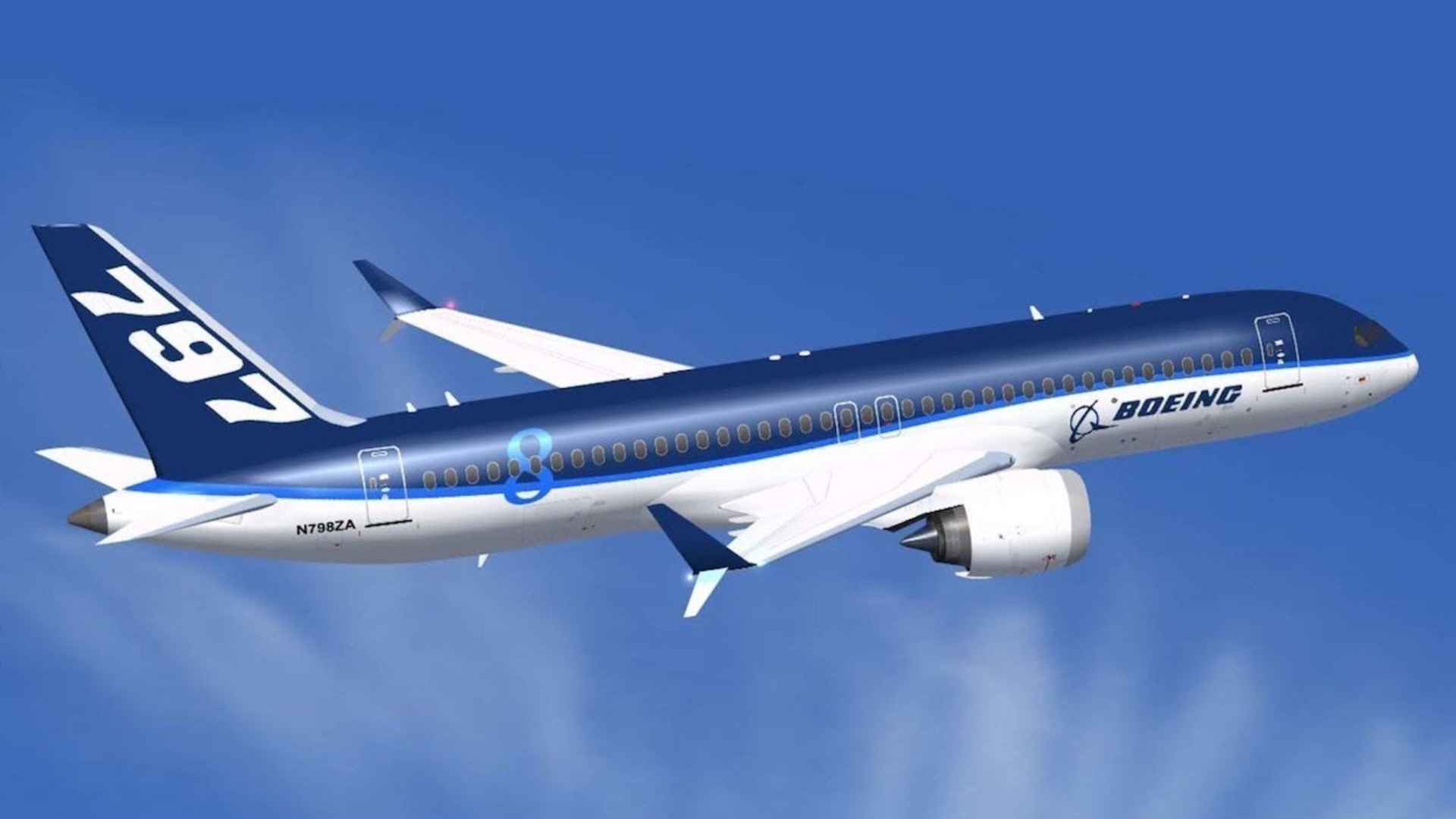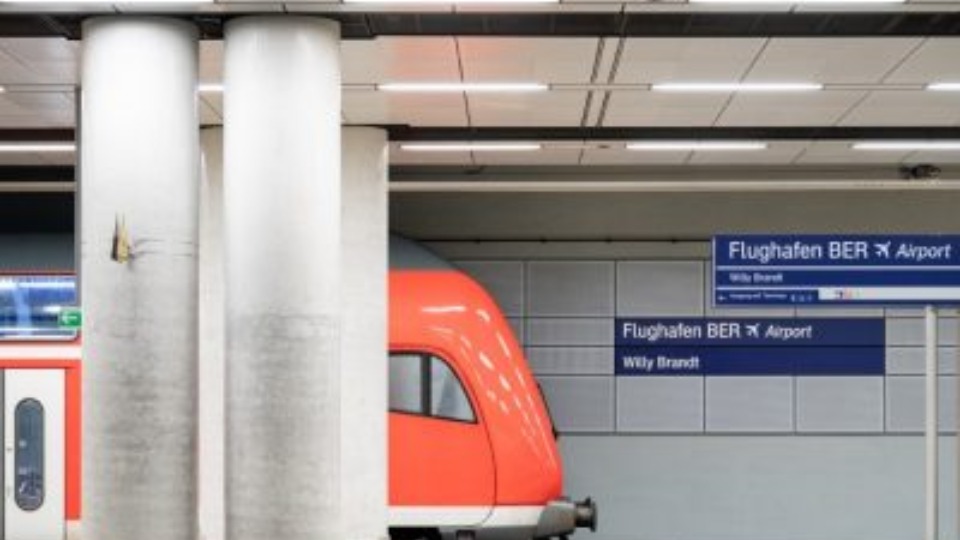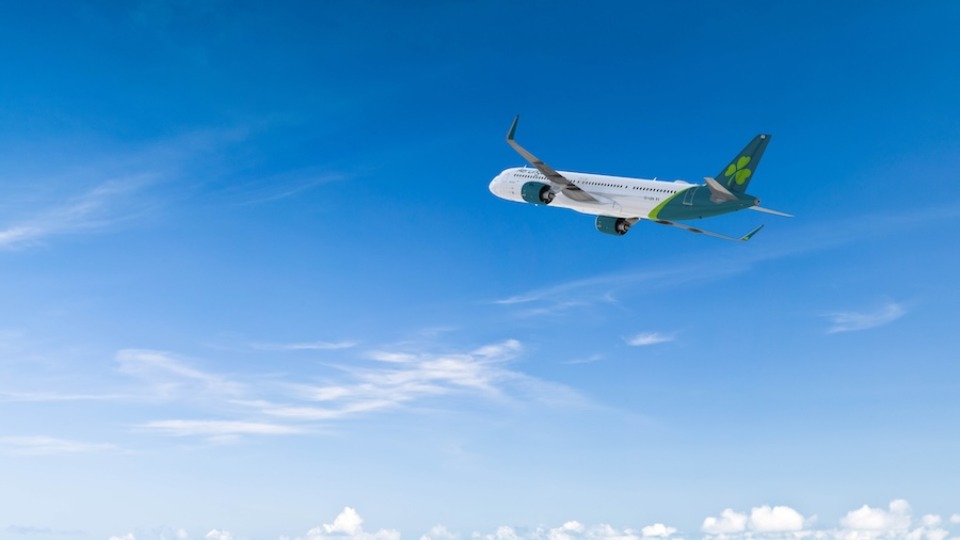
What do we know about the rumored Boeing 797 and why should we be excited?

Boeing is seeking to rewrite the rules for creating commercial jets as it has perfecting plans for a new midrange aircraft nicknamed the 797.
For decades, Boeing pushed its planes to fly ever farther. The 787 Dreamliner, the company's last all-new jetliner, opened nearly 200 non-stop routes (including the first non-stop route between Australia and London). The 777X will be the first twin-engine jet designed to haul more than 400 travellers halfway around the world.
Passengers would cheer a roomier twin-aisle cabin and distinctive fuselage that is wider than it is tall.
But for its next aircraft, Boeing plans to dial back the ambitions for range, shooting instead for a plane that's tailored for, say, the eight- to ten-hour flight from Chicago to Central Europe. That market hasn't been considered cutting-edge since the Berlin Wall was standing and the company's 757 and 767 were forging new trans-Atlantic connections. More recently, Airbus has been edging into the niche by bumping up the range of its popular single-aisle jetliner, the A321neo.
What's revolutionary about the so-called 797 is the gush of money that Boeing hopes to get not from making and selling the plane, but from keeping it in the air. The mid-market family would be the first Boeing jets designed to make money for the world's largest planemaker long after the point of sale.
The initial purchase of a jet represents about 30%of the lifetime costs of operating the aircraft, said Stan Deal, who heads Boeing's new lobal services division. Capturing a bigger slice of the remaining 70%that comes from services and maintenance over the following decades represents a lucrative opportunity for Boeing -- and a cushion against down cycles when plane sales stall.
What's the scoop on the Boeing 797?
The things that we firmly know are the range and seat number that Boeing is trying to achieve with this new aeroplane. This was revealed during a presentation given at the Farnborough Airshow. Boeing is looking to introduce two B797 aircraft. The first will be the B797-6 will be designed to carry 228 passengers a distance 4500nmi. Afterwards, the American manufacturer will follow with the B797-7. This larger aircraft would carry 267 passengers, however, it would only reach 4,100nmi. This means the aircraft would comfortably be able to operate transatlantic flights.
- The plane will be around the same size as the Boeing 767. The latest rumours state that the B797 would come equipped with two aisles. This means that the aircraft would likely be laid out with a 2-3-2 layout in economy.
- The plane will have a range of around 5,200 miles and will have a capacity of 220-270 passengers. In comparison, the 767 has a range of slightly less than 6,000 miles and has a capacity of 180-320 passengers, so the 797 will not be able to fly as long as the 767 but will have approximately the same amount of passengers.
- Airbus has been looking into creating an Airbus A321XLR, which will have a similar range as the 797, but will be based on the current Airbus A321LR, and will most likely have fewer seats than the 797 due to it being based on the A321.
- There will most likely be two variants of the aircraft, which have rumored to been called the Boeing 797-6X and the Boeing 797-7X.
- Another plus will be that boarding and deplaning will be much faster.
- Although it isn’t official, as of now, the aircraft is set to enter scheduled commercial service in the year 2025. So yeah, you probably won’t find yourself on a 797 for another seven years, so the 767 and 757 will both probably stay in service for a bit longer.
- In addition to being packed with new technology, the airliner will reportedly be much cleaner to operate than current aircraft. In fact, the B797 will supposedly be 40% cheaper to operate than its Airbus rival, the A330neo.
- There haven’t been many images of the 797 that have been released, although Boeing did release a comparison of the NMA (797) to its other aircraft at the 2017 Paris Air Show.
Outdated jets
The planes plying those 5000-nautical-mile (9200 km) routes now are often outdated and too heavy, or modern but with engines and wings designed to cruise 14 hours or more like its Dreamliner. While airlines would see operating costs plummet with the 797, Boeing's theory goes, passengers would be thrriled to have a roomier twin-aisle cabin and distinctive fuselage that is wider than it is tall.
The Chicago-based manufacturer plans to use many of the cutting-edge systems it pioneered on the 787 to lower risk, while channelling its innovation into the design and production of the aircraft.
Boeing and Airbus are convinced they can trim costs by about one-third through new digital tools to anticipate how planes are built, and how they will be flown, says Carter Copeland, an analyst with Melius Research. The NMA would put these theories to the test, and Boeing is already testing some of the concepts on new aircraft programs such as the 777X and T-X trainer.
Muilenburg is a believer in the power of data. Boeing is investing in an information backbone that would span the life of a plane: from the engineers honing the design, to the tooling that brings it to life, to the sensors continually streaming data to Deal's team as it flies.
Why is it so challenging to create a better airplane?
The challenge is to bring manufacturing costs down to the point where Boeing could profitably charge the US$70 million or less that major customers are willing to pay. Twin-aisle aircraft have never been made so inexpensively, and the 797 could bleed cash if Boeing misjudges the digital savings. The Dreamliner was also supposed to be a low-cost wide-body, but Boeing lost money on the plane for a decade after outsourcing heavily and mismanaging suppliers.
The 797 would complement another Boeing initiative to take more work in-house, from luxury seats to auxiliary power units. Doing so gives Boeing rights to sell the spare parts for those components over a jet's 30-year commercial life. Deal's team has a laser focus on growth after Muilenburg launched the division last year with marching orders to triple revenue to $50 billion over a decade.








